Yala National Park
ONE OF THE BEST PLACES IN THE WORLD TO SEE LEOPARDS
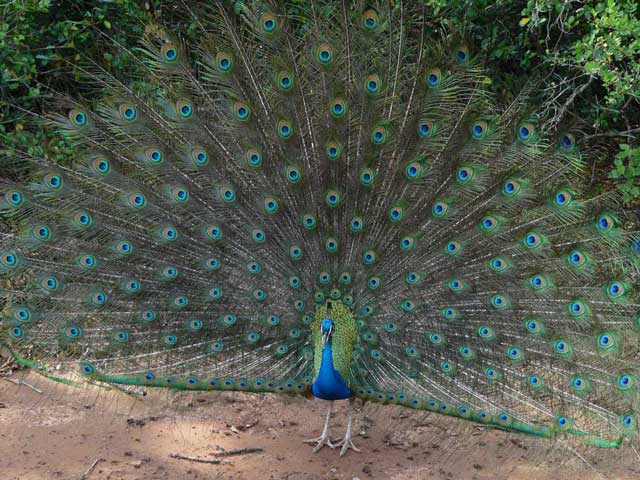
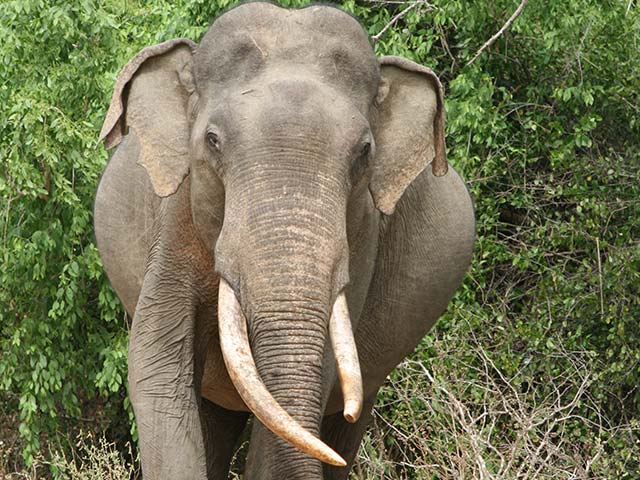
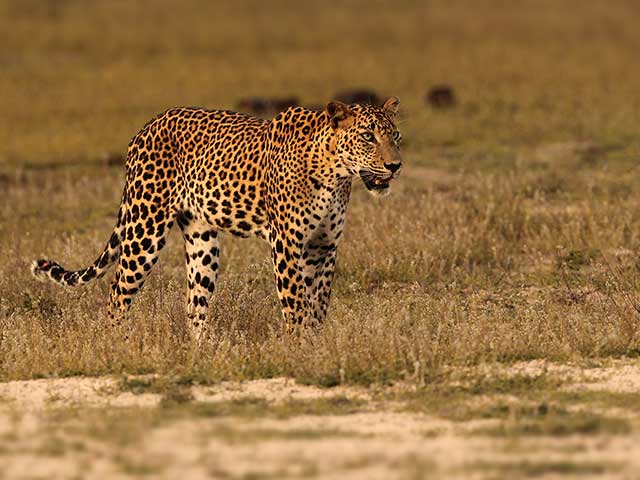
Yala National park, located in the South-east corner of Sri Lanka is one of the most popular wildlife parks in the country. Declared a national park in 1938 this park consists of 5 blocks. The most visited park is Block 1 and this is the best place to see all its wildlife as well. There are 4 entrances to the park at the moment. The Palatupana entrance being the most popular close to the Tissamaharama. Yala has been known to be one of the best places in the world to see the Leopard all year round. Yala is home to many species of Mammals, Birds, Reptiles and indigenous trees.
Yala is a great place to visit year around as it’s mostly dry with a few months of Nov & December being rainy months. Block 1 of Yala national park is usually closed from 01 September to 15 October of each year during the peak of the dry season. However the other blocks are open for visitors during these months. Email or call us to get more details about visiting the other blocks/entrances of Yala National park. Safaris in Yala can be done as half day trip in the morning or early evenings or as full day trips.
Cost per person – US$45 onwards…



Wilpattu National park
ANYONE FOR A SPOT OF LEOPARD?
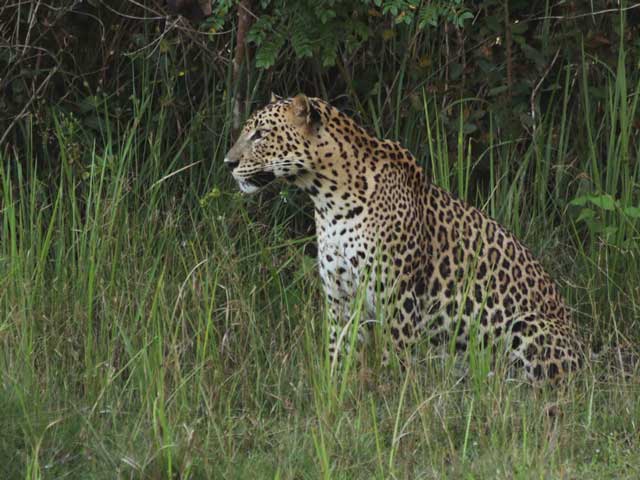

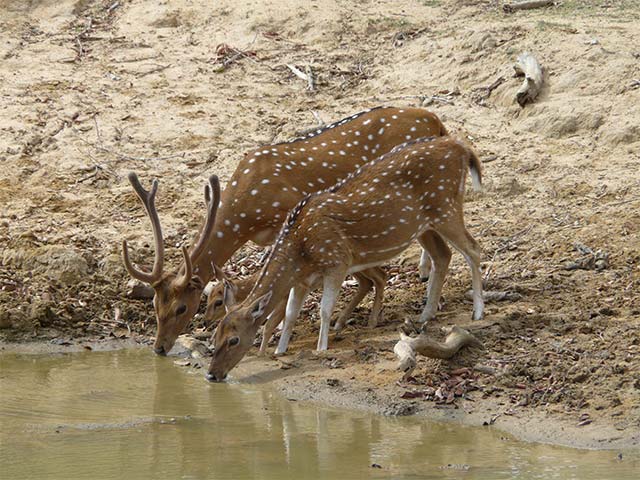



Wilpattu is among the few national parks world renowned for its Leopard population. Recent research shows that the park is home to approximately 49 Leopards and counting. Covering a vast area of 131,000 hectares that stretches from the North western coast to the north-central province, the Wilpattu National Park is one of Sri Lanka’s oldest wildlife parks in Sri Lanka. Situated away from the common tourist routes, Wilpattu is unspoilt and can be enjoyed in tranquil seclusion. Wilpattu’ s varying natural habitats – coastal belt, natural lakes (villus), cliff tops, and dense forest provide habitats for numerous species of animals including the sloth bear, water buffalo, and spotted deer. The coastal belt and natural lakes attract many species of birds such as Painted Storks, Black-headed Ibis, Asian Open-bills, Whistling Teals, and Eurasian Spoonbills as well as water monitors and mugger crocodiles. A wildlife safari into the jungles of Wilpattu will take up to 3-4 hours and is done at dawn or late afternoon when the birds and animals are easily spotted. We highly recommend a full day safari in this park. Ceylon escapes will arrange for a safari jeep to collect you from your hotel and be at the National Park entrance gates by 6:00 am or by 3:00 pm. Wilpattu can be accessed via the North West coast or Anuradhapura.
Cost per person – US$45 per person onwards…
Udawalawe National Park
WILDLIFE SAFARI IN UDAWALAWE NATIONAL PARK
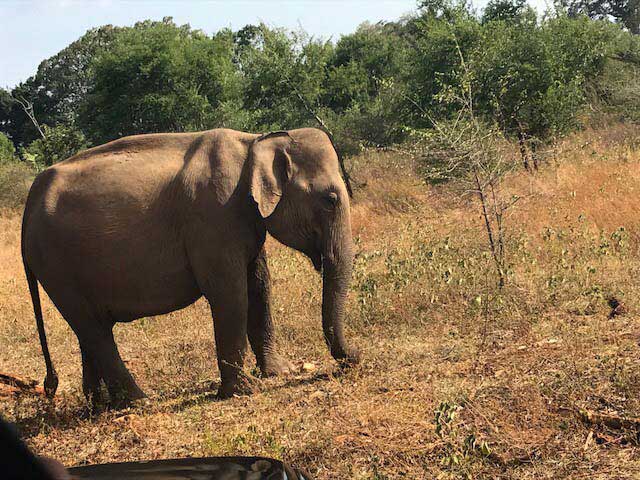
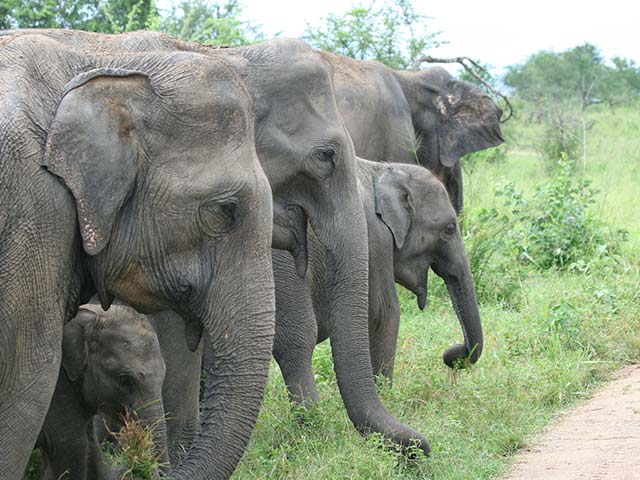
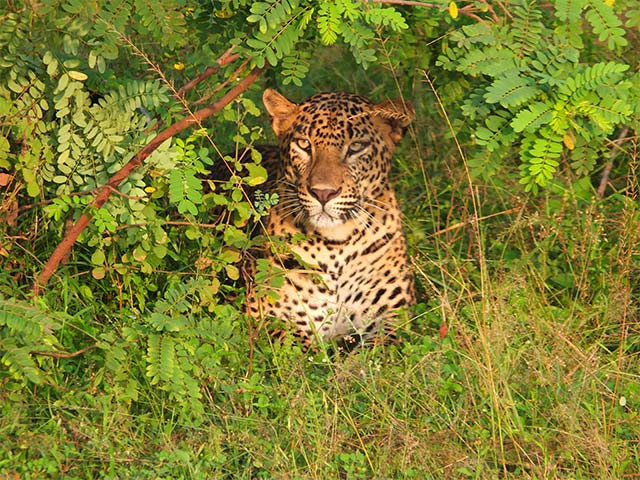
Udawalawe, is situated between the southern highlands and the south coast of Sri Lanka. Udawalawe is considered to be the best place in Sri Lanka to see wild Asian Elephants throughout the year, it is also the home to many other animals such as Wild boar, spotted deer, sambar, the endemic Toque Macaque and Grey Langur, and mugger crocodiles and if you’re lucky the Sri Lanka Leopard as well.
The ideal time for Bird watching in the park is October to March when the migrant birds can be spotted. A wildlife safari to Udawalawe is best done at dawn and late afternoon when the animals are easily spotted. Late evenings give the best lighting for photography with amazing sun sets over the Udawalawe Reservoir.
A visit the Elephant Transit Home located close to the park entrance is also a great place to visit, which is home to About 22 young elephants, mostly babies, who have been orphaned or recovering from injuries, are being rehabilitated here before release into the wild. The elephants can be observed here only during milk feeding times which happens four times a day. It is bound to be an unforgettable experience for adults and children alike.
Cost per person – US$40 per person onwards…



Gal Oya National Park
Gal Oya National Park
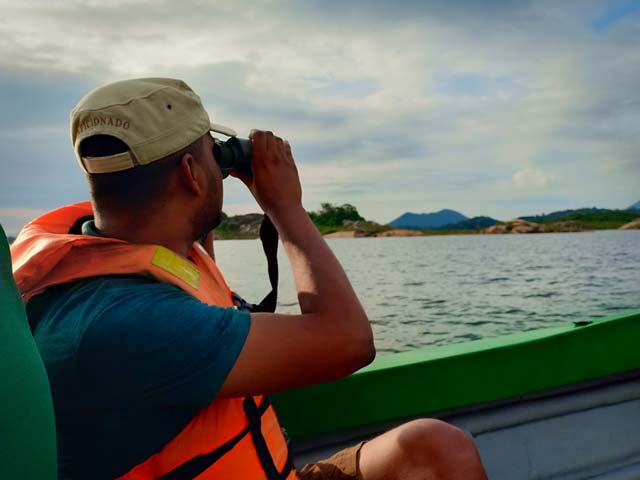
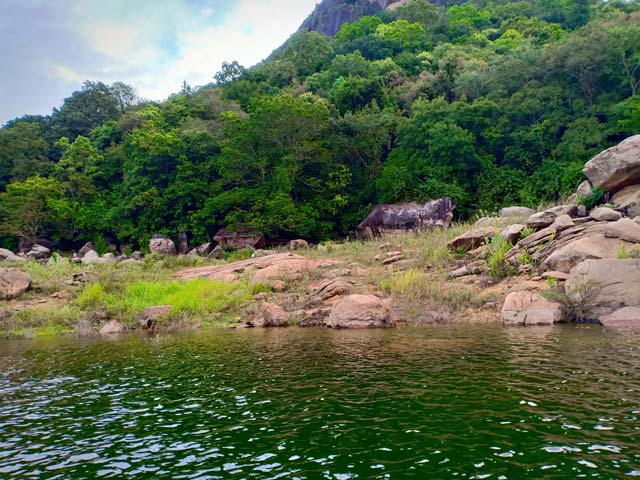
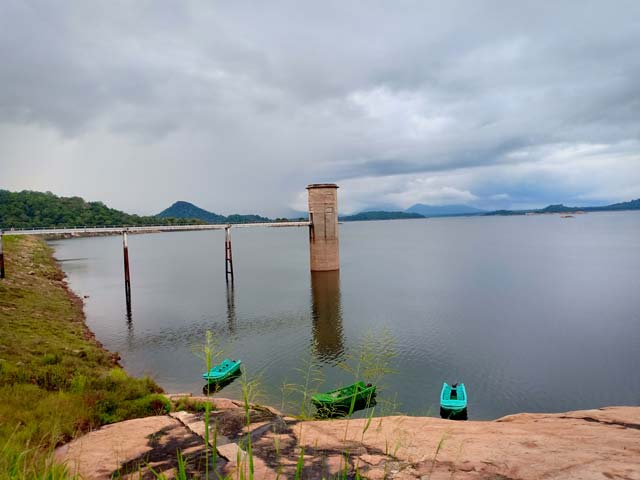
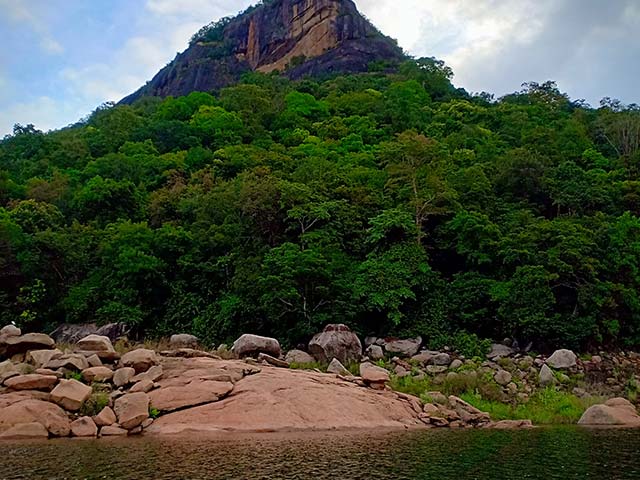
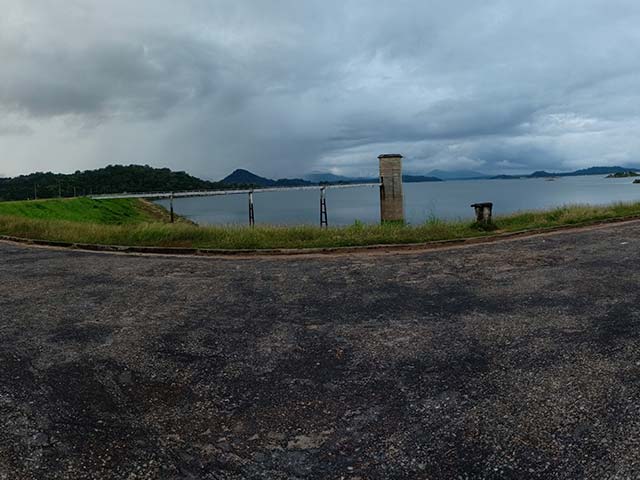





Gal Oya National Park includes two main parts/ entrances – one being the main Gal Oya entrance where the main attraction is the amazing Senanayake water reservoir. The second is the Nilgala Sanctuary which is on the opposite side of the park and is birdwatcher’s dream! This is one of the lesser known national parks in Sri Lanka which can be visited year around. The dry season from February to October is the best time to visit where the water levels are less which makes it easier to see the famous swimming Elephants of Gal Oya. There are many off the beaten track excursions and experiences to be had in this part of the country and we recommend that you get in touch with us to plan a perfect few day to see some amazing wildlife, country side and authentic Sri Lanka way of living. We can arrange this visit based on the time you have to fit in this national park. Gal Oya Lodge is a beautifully done rustic lodge in the higher price range that is closest to this park and we do have some smaller less expensive little gems in the area that we can arrange for your overnight stay. We recommend a minimum of 2 nights stay if visiting this park as it is a long way from any location to get there and there is lots to see and do around Gal Oya and Nilgala.
Half day excursions:If you wish to do a morning visit to the park, we recommend a visit to Nilgala forest with a packed breakfast. You will be taken in a jeep through this amazing forest which was a medicinal garden during the time of the ancient kings. The many indigenous medicinal plants and trees are seen in this forest which is similar to a Savana grassland forest. An early start will ensure you get to see the many species of Birds that are especially unique to this forest like the Yellow- footed Green Pigeon, Painted Francolin and the Jungle Bush Quail are some of the sort after birds. After making the most of the morning we settle down by the mighty Gal Oya river to have a nice picnic breakfast on the rocks. If you’re lucky you will see some of the elephant herds coming to drink water to the river. After breakfast drive a special place called “makara kata’ where the river falls to the reservoir. This very unique landscape is a must-see place in Gal Oya national park. An evening safari is the best way to see the wildlife of the park and by evening the elephants gather by the river bank for their evening drink of water. This is also the time you may be lucky to see the elephants swimming effortlessly through the deep waters of the reservoir to get to the other side of the jungle. This is a safari that will be done in a boat in the water and time slots have to be pre booked to take the boat so advance bookings are recommended. Get in touch with us to arrange the best guides and boats to take you on this amazing reservoir.
Cost per person – US$65 per person onwards (based on 2 ppl travelling)
Minneriya & Kaudulla National Park
Minneriya & Kaudulla National Park
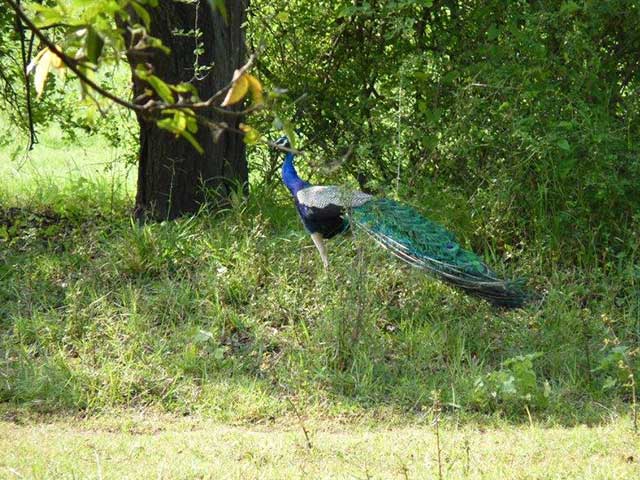
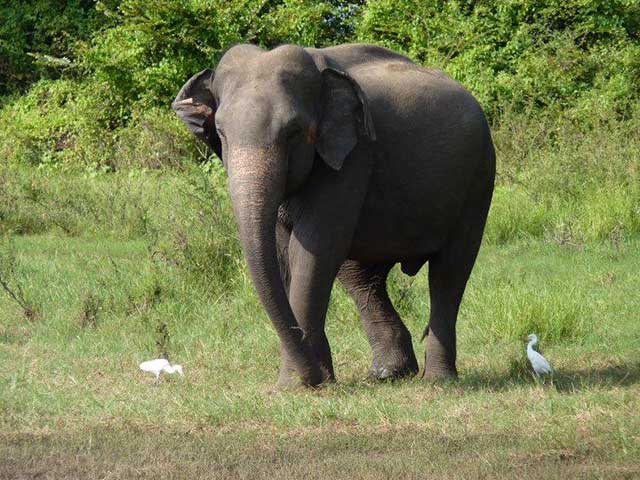
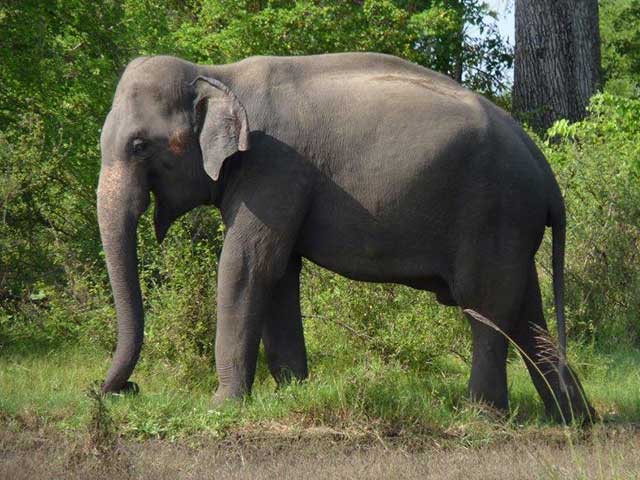
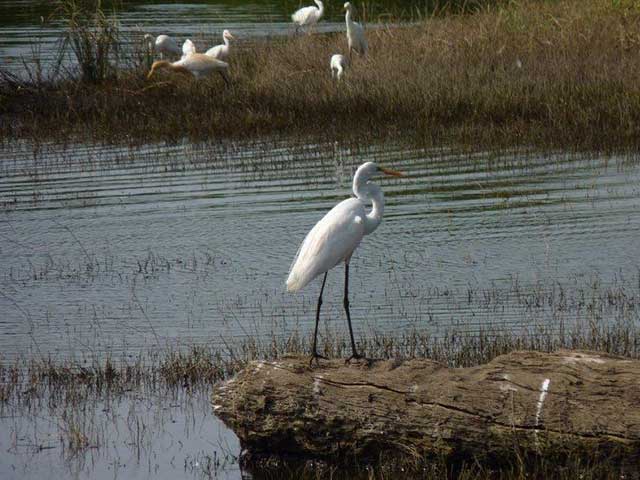
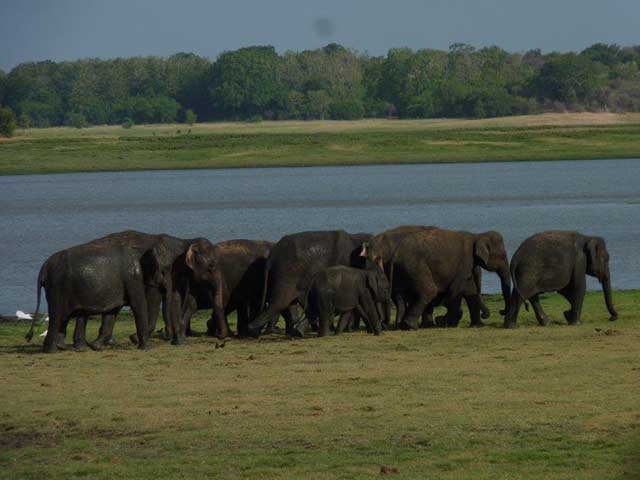
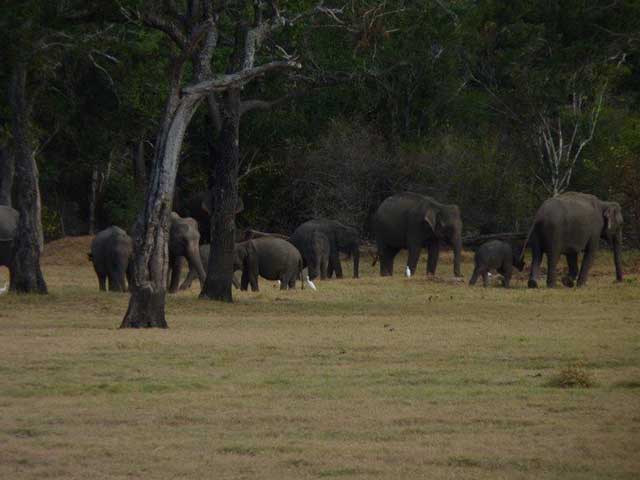
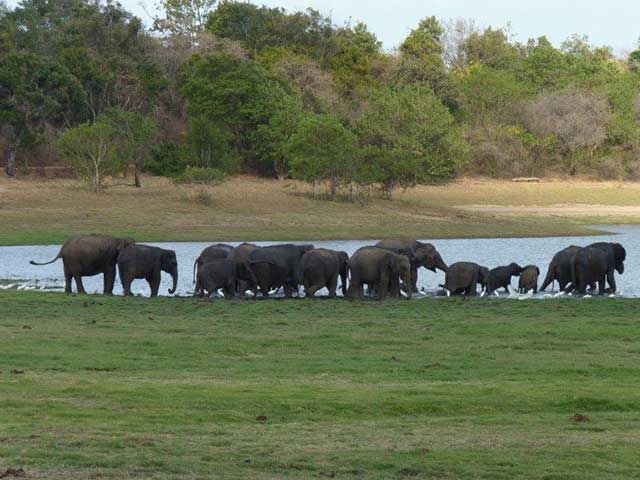
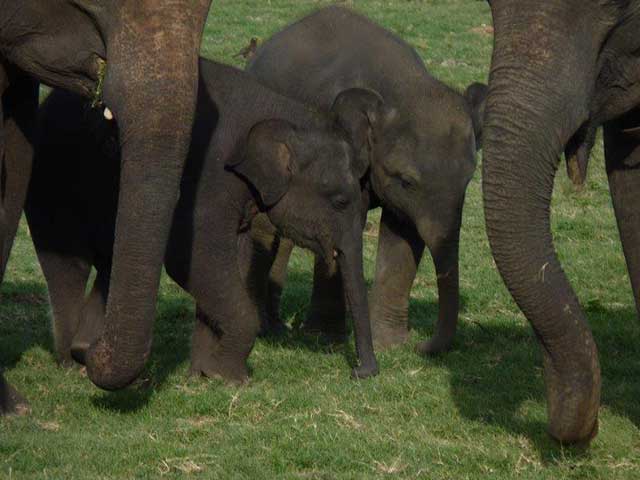
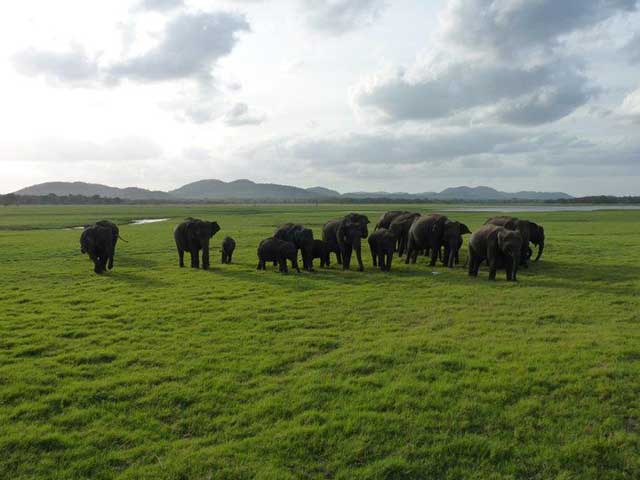
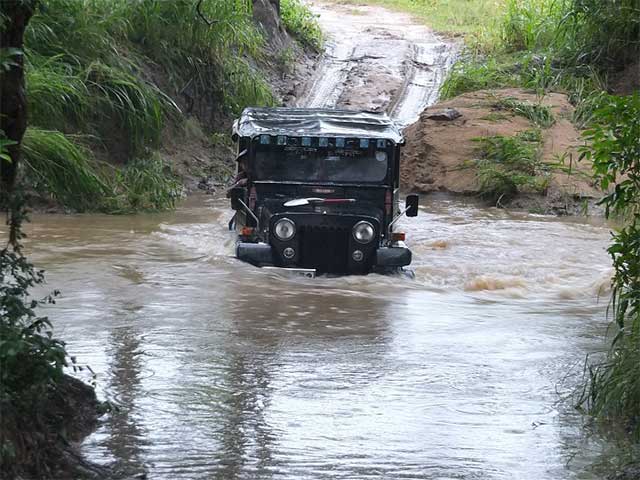

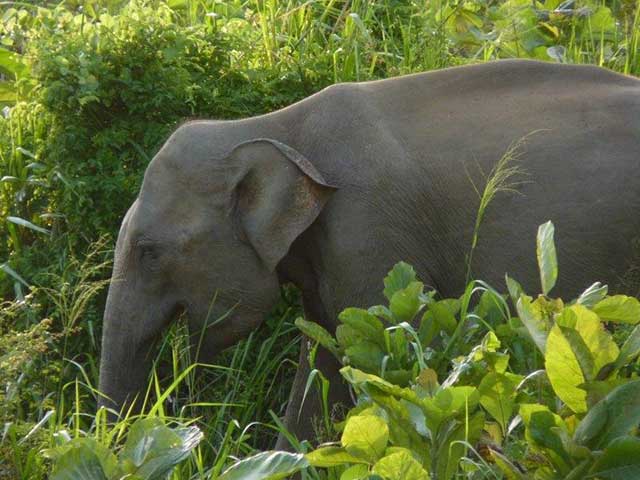
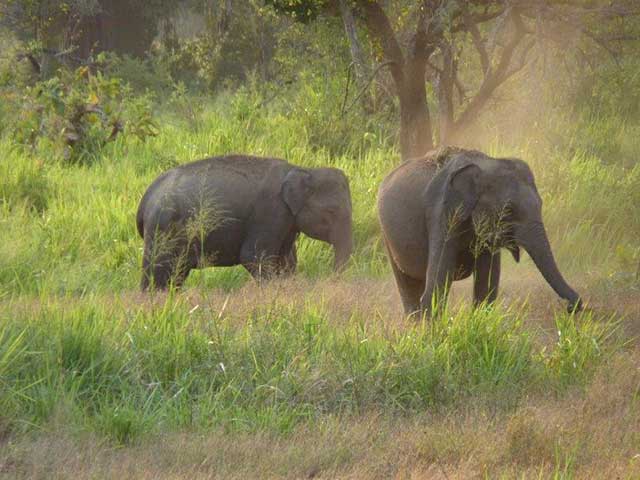

The Cultural Triangle consists of extensive forest cover that is home to large herds of wild elephants, deer, wild buffalo, and numerous species of dry zone birds. The jungles here extend seamlessly across the Minneriya and Kaudulla National Parks to the Hurulu Eco Park. During the dry season from May to September, elephant herds migrate freely from one park to another in search of water. The receding shores of the Minneriya tank with its fresh vegetation, is a particular attraction for the elephants that converge in their hundreds – an awesome sight that is famously known as the `elephant gathering’ which has been ranked 6th by Lonely Planet in the list of `Greatest wildlife spectacles in the world. A wildlife safari will take up to three hours is best done in the evenings. Ceylon escapes will arrange a safari jeep to collect you from your hotel and be at the National Park entrance gates by 3.30 pm.
Cost per person – US$ 40 to 50 per person onwards…














Elephant Transit home in Udawalawe
A HAVEN FOR ORPHANED BABY ELEPHANTS
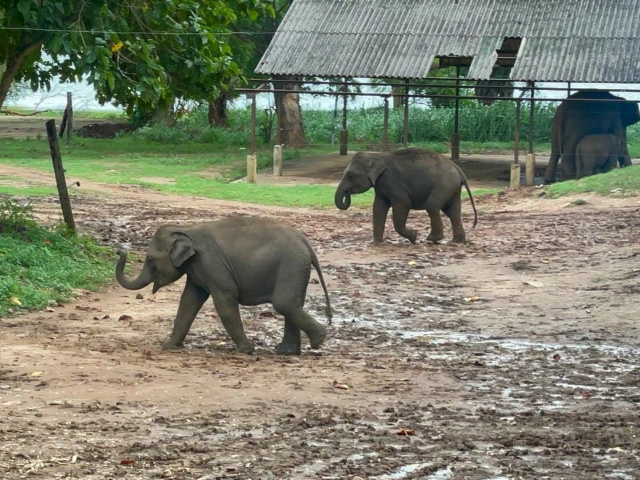
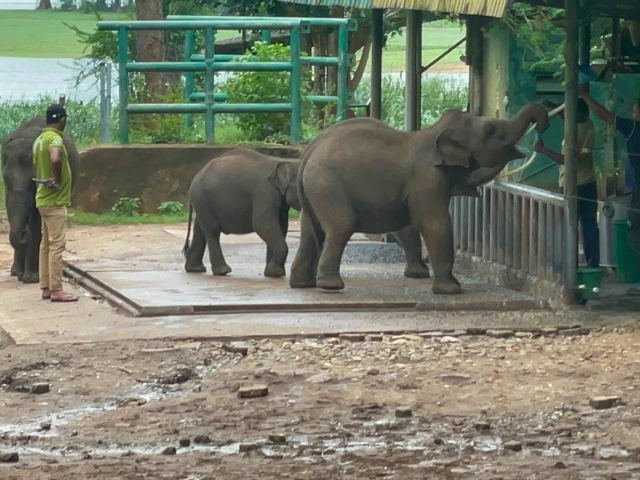
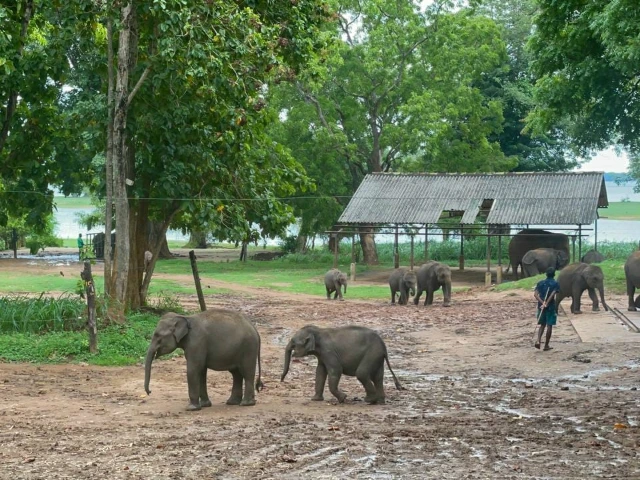
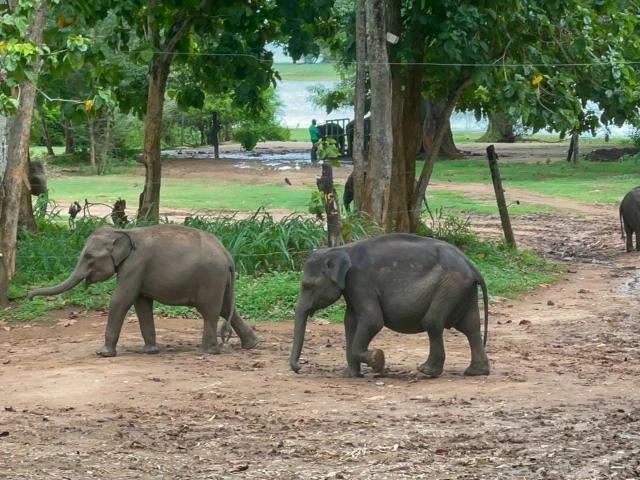
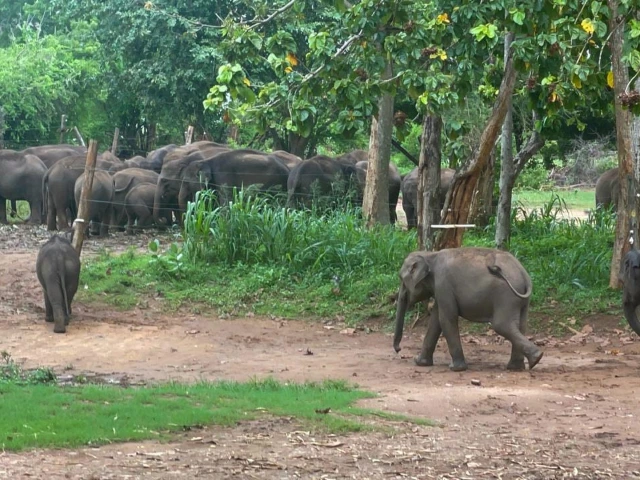





Run by Sri Lanka’s Wildlife Department, the Elephant Transit Home at Uda Walawe is a valiant effort at conserving the dwindling elephant population of Sri Lanka. Here young elephants, mostly babies, who have been orphaned or are recovering from injuries, are being rehabilitated before their release into the wild again. The orphaned baby elephants reside at the Transit Home for about four years until they are old enough to be weaned off milk and learn to eat grass and other vegetation from the bush. Elephants at the Transit Home can be observed only during feeding times. The rest of the time they roam freely within the National Park close to the Transit Home. Watch the mischievous baby jumbos being bottle fed. A thrilling experience for children and adults alike. Feeding times are daily at 9.00am, 12 noon, 3pm and 6pm. Baby elephants are fed on milk formula four times a day for the first six months. Much funding is required for this expensive feeding process. The Wildlife Department has initiated a Baby Elephant Adoption Programme where individuals can provide funding on a monthly basis and become a foster parent to a baby elephant of their choice.
Cost per person – US$10 per person onwards…
Wasgamuwa National Park
Wasgamuwa National Park
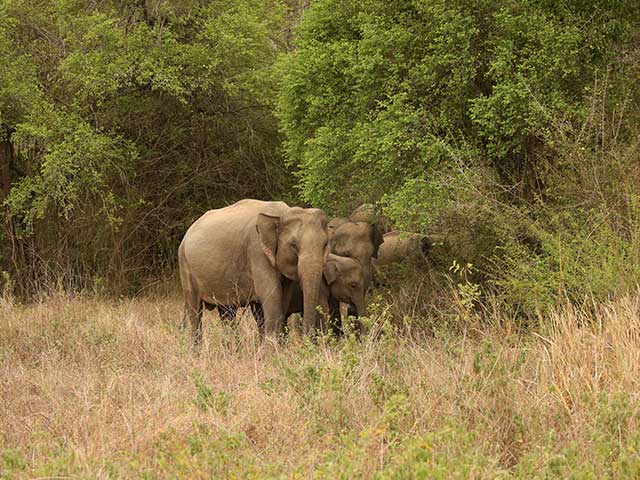
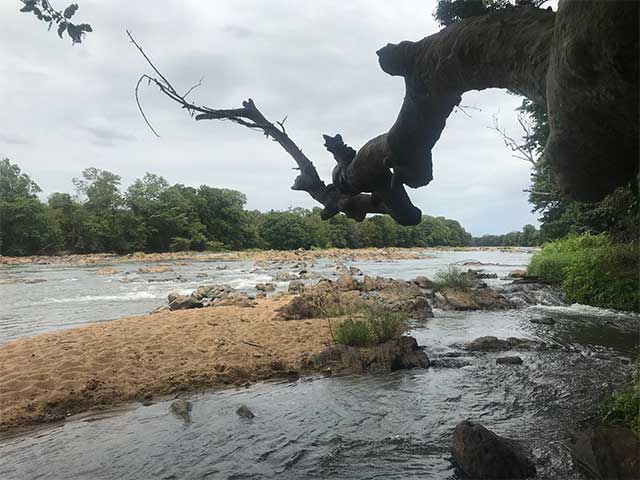
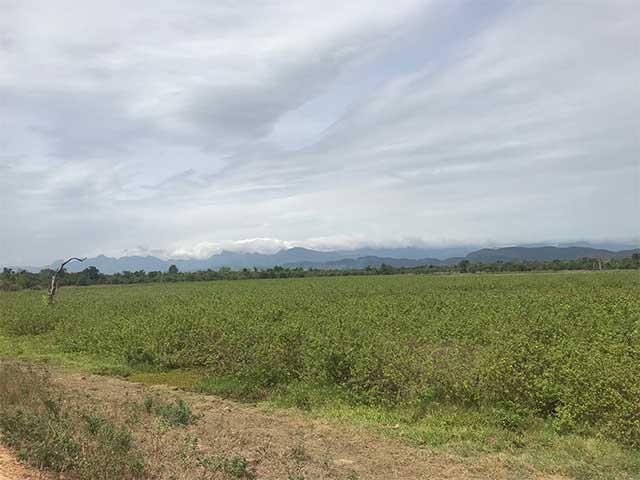
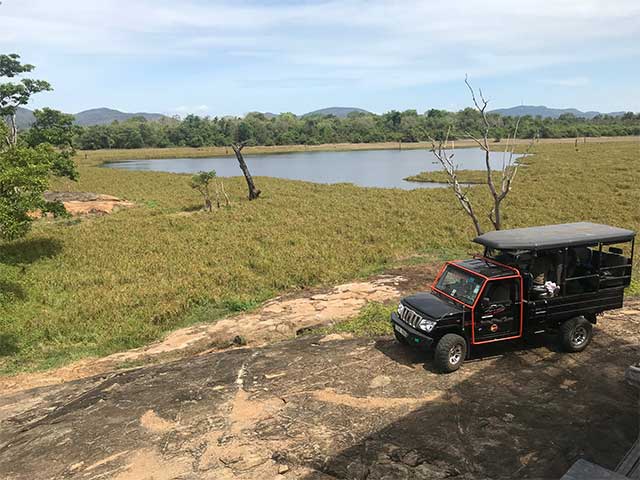

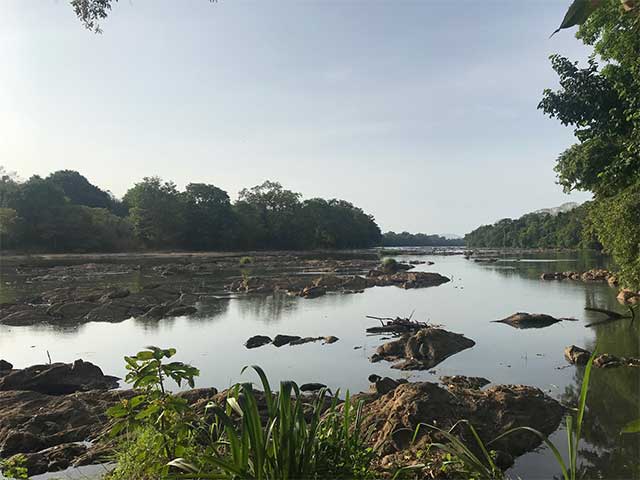
This national park which is located in both Polonnaruwa and Matale districts and a park you may not have heard of much. The park is famous for its large herds of Elephants which are known to be aggressive towards visitors due to their lack of interactions with many safari jeeps. This park spanning over 36,900 hectares is bordered by River Mahaweli Ganga and River Amban Ganga in east and west and has a dry zone habitat with rains during Nov-December period. Leopard and also Sloth Bear is seen in the park but very rarely due to animals being very shy. Over 150 bird species have been recorded in the park which include endemics, migrant and resident birds. December to March would be the best time for a birdwatcher to visit to get a chance to see the migrant birds as well.
There are many ancient ruins within the park as well and one can see some of these while on safari. Other wildlife includes Purple faced langur monkeys, wild boar, sambar and spotted deer, buffalo and many other smaller mammals are found. Among the reptiles are water monitor, mugger crocodile, estuarine crocodile and python (Python Molurus). Accommodation is limited close to the park so the best locations to be based is Dambulla/Sigiriya area. Smaller home stays and a couple of 3 star options are available closer to the park. We recommend a visit to this park if its at least your 2nd visit to Sri Lanka so that you get to see a different area of the country and enjoy the beautiful landscapes the country has to offer away from the large crowded of people.






Lunugamwehera National park
Lunugamwehera National park
Whale Watching
A WHALE OF A TIME
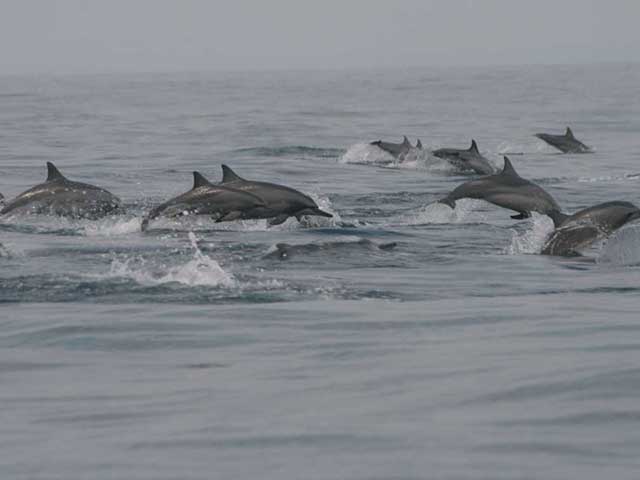
Located in the south of Sri Lanka beyond Dondra Head is considered one of the best locations in the world for spotting Blue Whales and Spinner Dolphins. Most whale species found in the waters of Sri Lanka do not migrate long distances for feeding and breeding and therefore remain in the surrounding seas throughout the year. Boat excursions into the deep seas are only possible from December to April when the seas are at their calmest along the south and west coasts. Sail into the deep seas in search of the mighty whales. Most often, pods of spinner dolphins will swim alongside your boat, leaping into the air and showing off their acrobatics. A thrilling experience. A whale watching excursion can take up to 4 hours. Many other activities such as snorkeling, sailing, sports fishing, sea kayaking, /coastal cruises and river trips could also be organized in the area.
During the months of March and April each year the East coast in Trincomalee becomes the hotspot for both Blue and Sperm Whales. This trip is best pre-booked with a reliable local provider and Ceylon Escapes will ensure you are in safe hands
Cost per person – US$50 onwards…

Dolphin & Sea bird watching in Kalpitiya
Dolphin & Sea bird watching in Kalpitiya
Horton Plains National Park
THE HIGHLAND PLATEAU WITH ENDEMICS AND HISTORY.
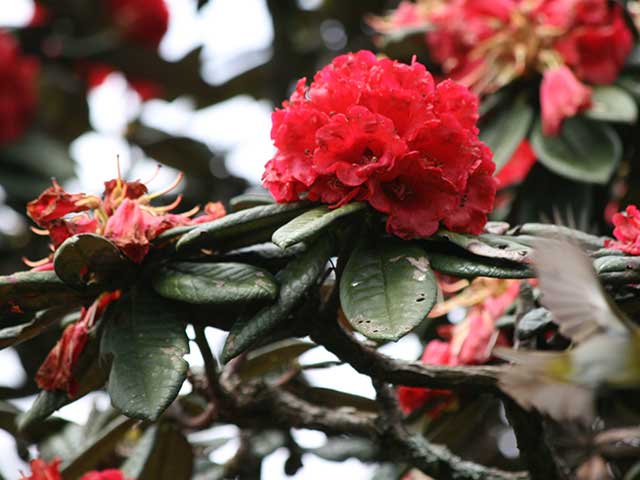
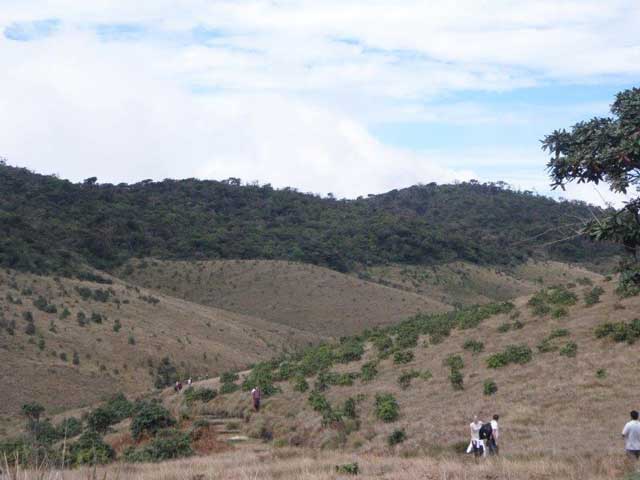
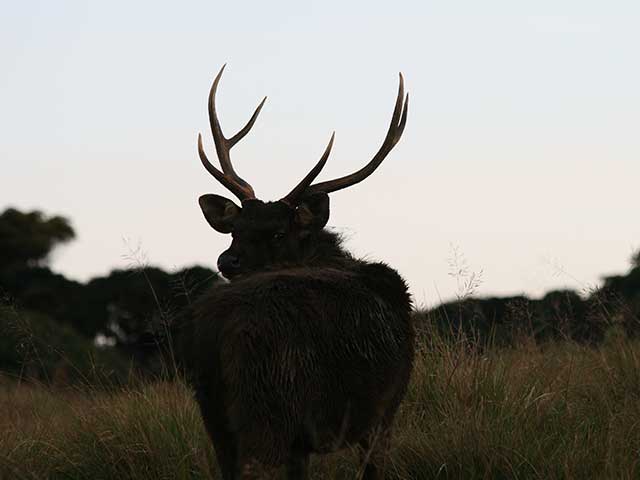
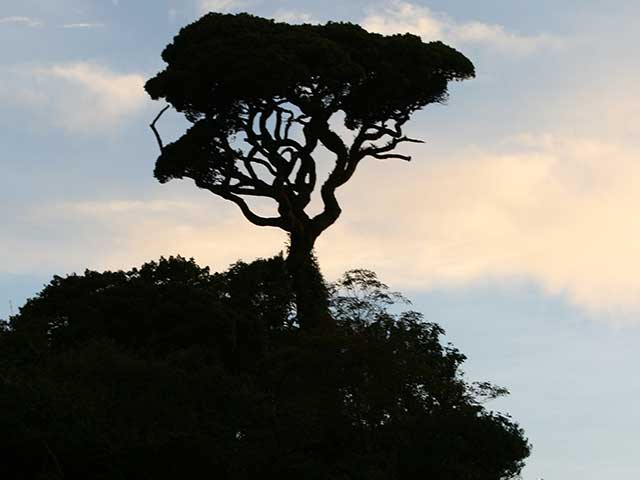
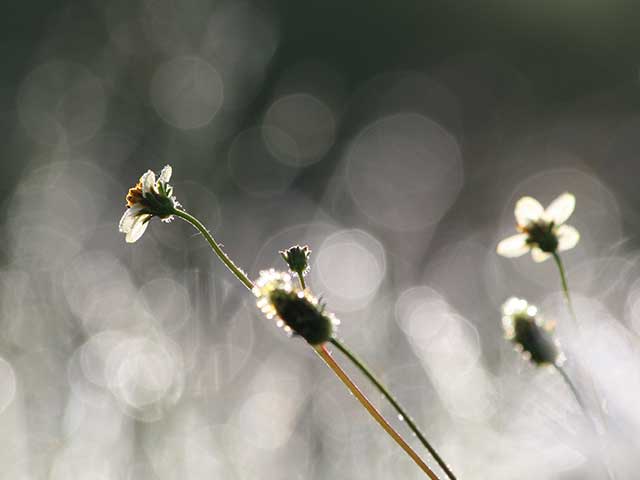
Horton Plains is one of the most visited attractions in the hill country. The most dramatic feature of this hill-country plateau is World’s End where the pathway comes to an abrupt end with a sheer drop of nearly 1000m. The wild expanse of Horton Plains National Park, with a mixture of grasslands and montane forests, is the only national park in Sri Lanka where visitors are allowed to roam around freely on foot. One of the shorter walks around the park will take you up to Word’s end and back on the same path which will take around 2 hours (depending on how fast you want to walk) and the full circle walk will take about 3 hours and will take you to the wonderful Bakers falls as well. This is also a very good location to see some of the highland endemic birds of Sri Lanka including the elusive Sri Lanka Whistling Thrush. Ones does need a local vehicle/jeep from Nuwara Eliya or Haputhale to get to the entrance of the park.
Cost per person – US$45 per person onwards…





Bundala National Park
Bundala National Park

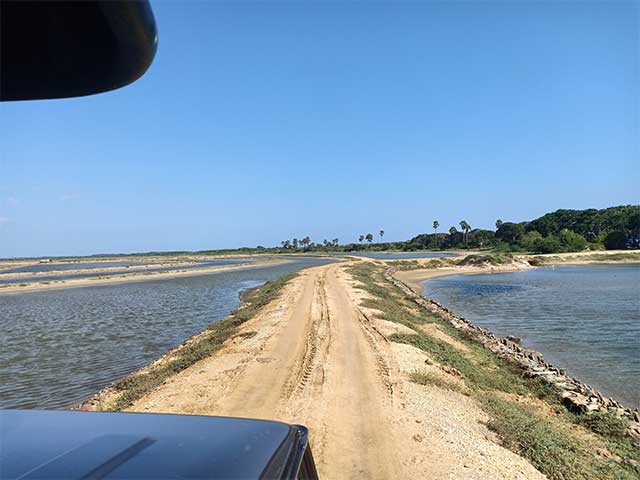
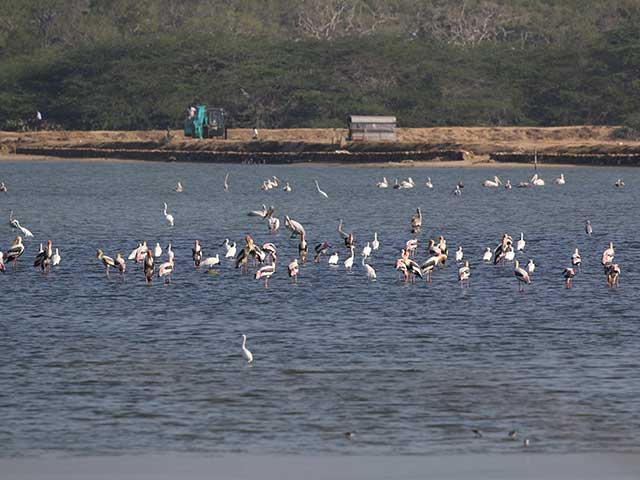
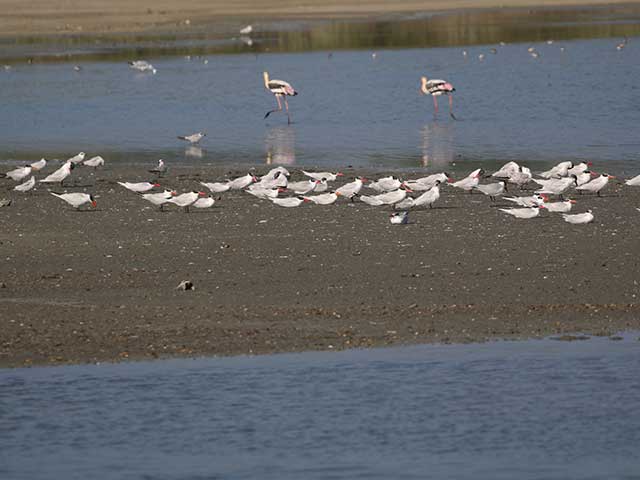
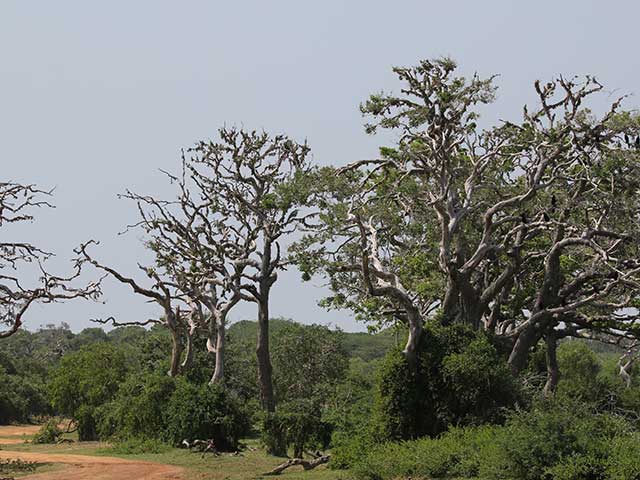





Located in the same vicinity as Yala National Park, Bundala National park is known for its migrant birds that make their way each year to the park and stay on during the Northern Hemisphere winter months from October to March.
If you are keen to see specially Waders/ Shorebirds in their non-breeding plumage Bundala is a great park to go on safari on your holiday. One border of this park is the Indian Ocean and it has some beautiful landscapes to enjoy. You can get off the safari jeep and enjoy the sea and beach at some locations of the park. The inland of the park is mostly lagoons and fresh water tanks so its ideal for waterbirds specially migrating ducks. The salt pans that are located within the national park is one of the main attractions for the birds with many species of Terns and waders been seen around the salt pan areas.
The best time to visit the park is early morning or evening and the months from October to March are recommended for a visit. During the other months of the year you won’t find the large number of birds in the park but you can occasionally see Elephants, Spotted Deer and other smaller Mammals. Also, the park is great to see the resident birds of the dry zone.
Cost per person – US$45 per person onwards…
